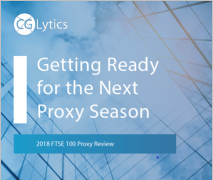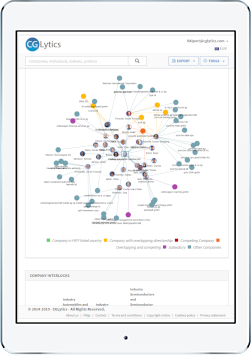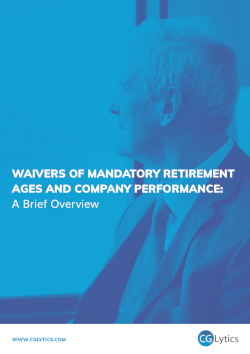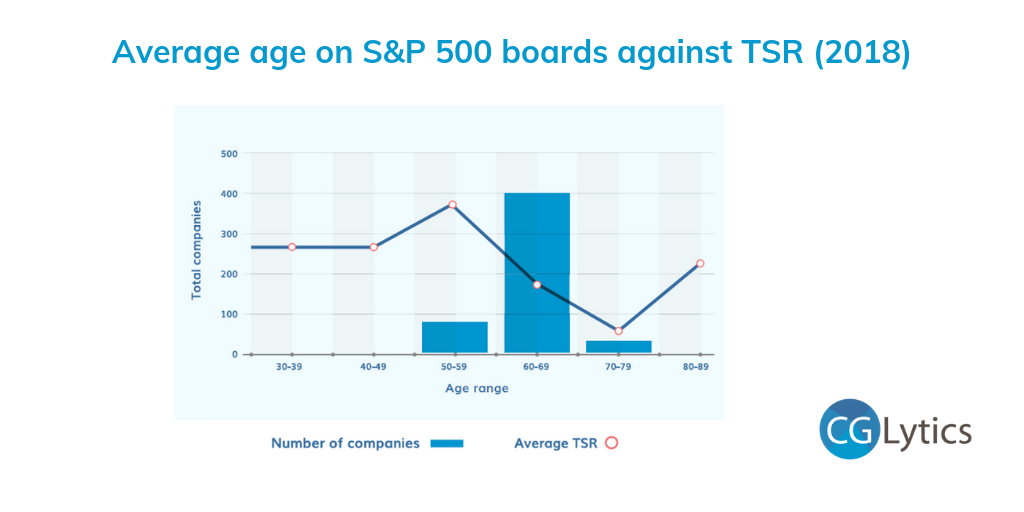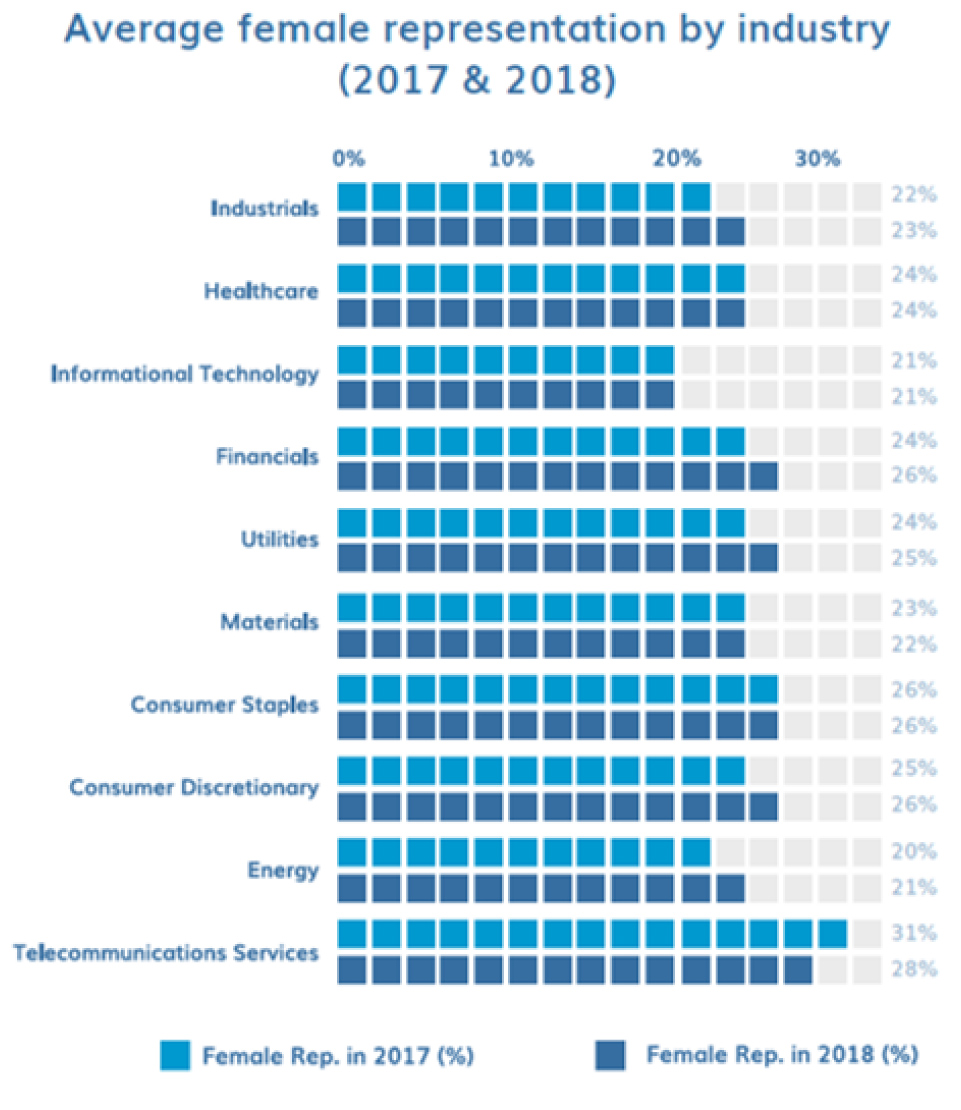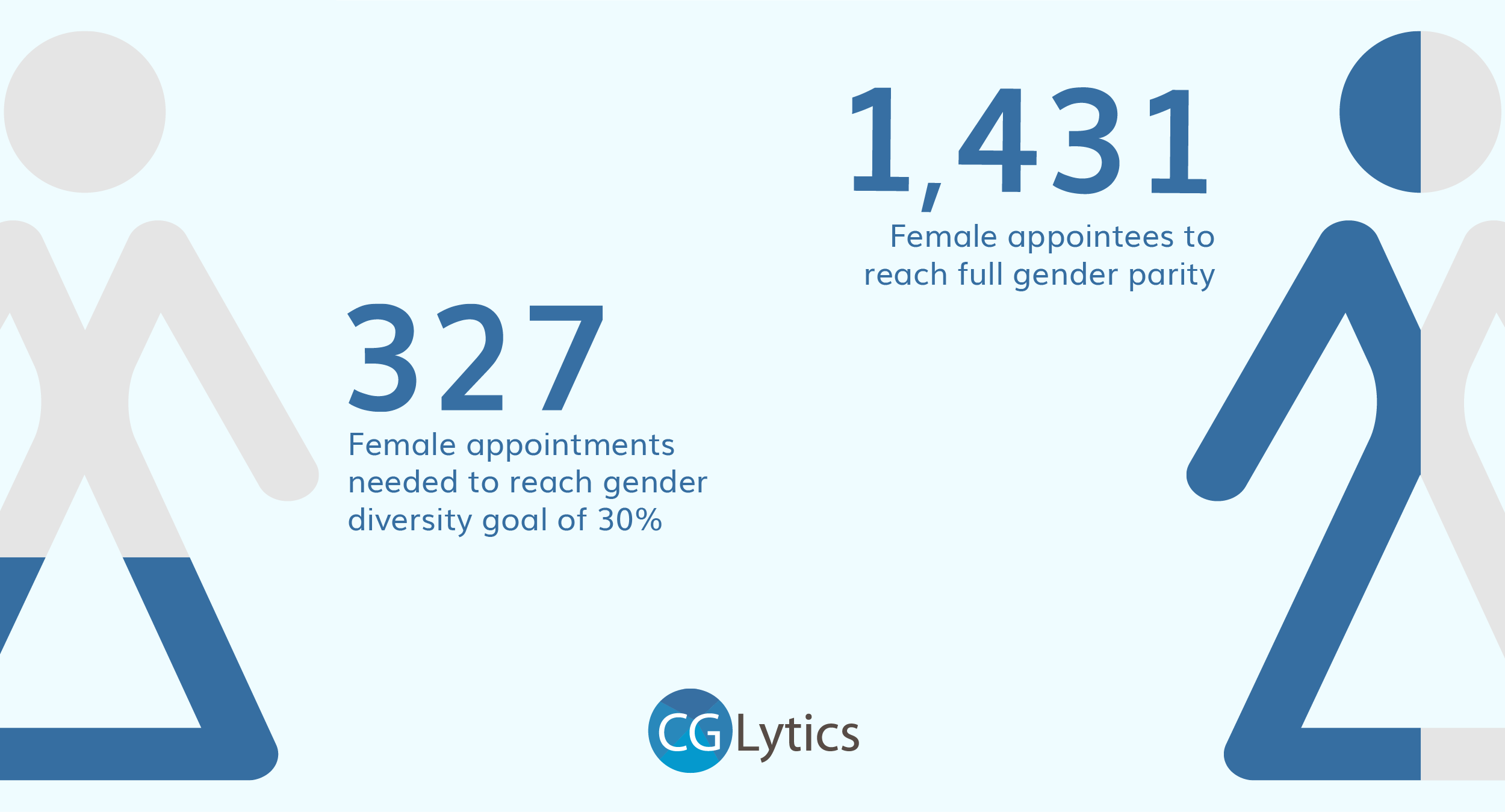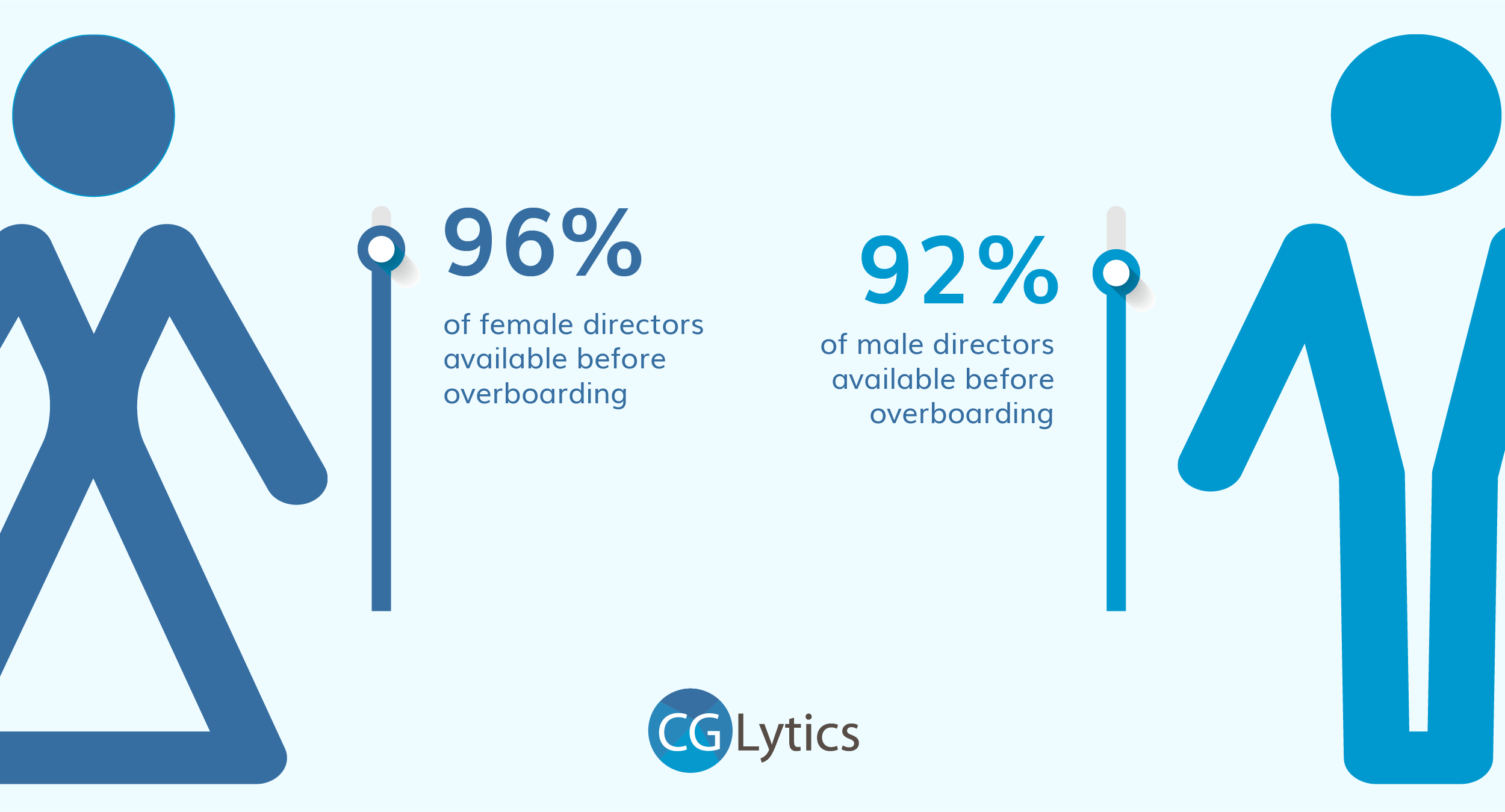CEO pay and compensation continues to be one of the most hotly debated topics in the 2019 Proxy Season with companies and individuals regularly under scrutiny by investors and the media.
Utilising our deep, global data set, sourced from the filings and published returns of over 5,500 publicly listed companies, CGLytics examines the top 50 highest paid CEOs across the globe to have had their 2018 Total Granted Compensation (TGC)[1] and Total Realized Pay (TRP) published in 2019.
Key findings:
- Total Granted Compensation for the top 50 CEOs was over $1.82bn, more than the GDP of 21 National Economies.
- Average Total Granted Compensation for 2018 was $37,030,673.71, an increase of 62% from 2017.
Average Total Realised Pay was $37,909,498.5, an increase of 4.4% from 2017. - The top 5 CEOs accounted for over 27% of the total Total Granted Compensation for 2017.
- Total Shareholder Return decreased by an average of 6% across the group, indicating that this season, Pay for Performance is going to be a contentious topic as shareholders continue to challenge misaligned compensation packages.
This research is updated on a bi-weekly basis, with the latest information taken from May 3, 2019. It will be updated to reflect the top 50 CEOs as companies publish their annual results through to the end of the 2019 Proxy Season.
Trending Top 50 CEOs
|
Ranking |
CEO |
Company |
Change in rank (since 18 April) |
Total Granted Compensation |
Total Realised Pay |
TSR in % |
TSR 1YR growth in %point |
|
1 |
Zaslav, David |
Discovery |
|
$129,499,005 (5207%) |
$33,498,259 (662%) |
11% |
29% |
|
2 |
Hurd, Mark |
Oracle Corporation |
|
$108,295,023 (5165%) |
$26,690,273 (583%) |
63% |
628% |
|
3 |
Catz, Safra |
Oracle Corporation |
|
$108,282,333 (5166%) |
$162,740,735 (520%) |
63% |
628% |
|
4 |
Hodler, Bernhard |
Julius Baer Group Ltd. |
|
$78,813,367 (54544%) |
$2,979,804 |
640% |
675% |
|
5 |
Levine, Jay |
OneMain Holdings, Inc. |
new |
$71,532,583 (516913%) |
$71,532,583 (516913%) |
67% |
624% |
|
6 |
Schwarzman, Stephen |
The Blackstone Group L.P. |
-1 |
$69,147,028 (645%) |
$69,147,028 (645%) |
0% |
27% |
|
7 |
Iger, Robert |
The Walt Disney |
-1 |
$65,645,214 (581%) |
$66,065,073 (68%) |
4% |
61% |
|
8 |
Charlès, Bernard |
Dassault Systèmes SE |
new |
$51,098,970 |
$65,983,199 (564%) |
18% |
66% |
|
9 |
Heppelmann, James |
PTC Inc. |
-2 |
$49,969,163 (5403%) |
$17,041,464 (5107%) |
36% |
5% |
|
10 |
Freda, Fabrizio |
The Estée Lauder Companies Inc. |
-2 |
$48,753,819 (0%) |
$9,387,109 |
3% |
665% |
|
11 |
Handler, Richard |
Jefferies Financial |
-2 |
$44,674,213 (5105%) |
$5,951,709 (5339%) |
633% |
649% |
|
12 |
Kilroy, John |
Kilroy Realty Corporation |
new |
$43,624,774 (5282%) |
$18,204,958 (622%) |
614% |
618% |
|
13 |
MacMillan, Stephen |
Hologic, Inc. |
-3 |
$42,040,142 (5275%) |
$12,231,622 (656%) |
64% |
610% |
|
14 |
Hogan, Joseph |
Align Technology, Inc. |
new |
$41,758,338 (5256%) |
$69,763,660 (5504%) |
66% |
6137% |
|
15 |
Schulman, Daniel |
PayPal Holdings, |
new |
$37,764,588 (596%) |
$41,295,115 (5328%) |
14% |
672% |
|
16 |
Lawrie, John |
DXC Technology Company |
-5 |
$32,185,309 (572%) |
$7,105,877 |
635% |
|
|
17 |
Dimon, James |
JPMorgan Chase & |
new |
$30,033,745 (56%) |
$18,136,934 (687%) |
67% |
633% |
|
18 |
Stephenson, Randall |
AT&T Inc. |
-6 |
$29,118,118 (51%) |
$21,606,548 |
622% |
618% |
|
19 |
Narayen, Shantanu |
Adobe Systems |
-6 |
$28,397,528 (529%) |
$67,297,455 (555%) |
29% |
641% |
|
20 |
Moghadam, Hamid |
Prologis, Inc. |
-6 |
$28,201,397 (546%) |
$35,887,540 (56%) |
66% |
632% |
|
21 |
Greenberg, Robert |
Skechers U.S.A., |
new |
$27,361,406 (5252%) |
$11,157,656 (515%) |
640% |
693% |
|
22 |
Garrabrants, Gregory |
BofI Holding, Inc. |
-7 |
$26,975,924 (5299%) |
$12,708,360 (568%) |
616% |
621% |
|
23 |
Strangfeld, John |
Prudential |
-7 |
$26,696,966 (62%) |
$15,525,376 (649%) |
626% |
640% |
|
24 |
Milligan, John |
Gilead Sciences Inc. |
-7 |
$25,961,831 (568%) |
$21,781,701 (54%) |
610% |
613% |
|
25 |
Nadella, Satya |
Microsoft |
-7 |
$25,843,263 (529%) |
$34,874,210 (517%) |
21% |
620% |
|
26 |
Nooyi, Indra |
Pepsico, Inc. |
-7 |
$24,491,117 (621%) |
$26,276,686 (668%) |
65% |
623% |
|
27 |
White, Miles |
Abbott Laboratories |
-7 |
$24,254,238 (528%) |
$31,646,904 (51%) |
29% |
623% |
|
28 |
Chenault, Kenneth |
American Express Company |
-7 |
$24,208,661 (530%) |
$54,431,474 |
63% |
639% |
|
29 |
Bush, Wesley |
Northrop Grumman |
-7 |
$24,185,259 (528%) |
$34,319,926 (51%) |
619% |
653% |
|
30 |
Corbat, Michael |
Citigroup Inc. |
-7 |
$24,183,714 (536%) |
$20,164,941 (534%) |
628% |
656% |
|
31 |
Wren, John |
Omnicom Group Inc. |
new |
$23,945,128 (0%) |
$23,633,099 (59%) |
4% |
16% |
|
32 |
Lance, Ryan |
ConocoPhillips |
-8 |
$23,406,270 (57%) |
$21,852,860 (528%) |
16% |
4% |
|
33 |
Muilenburg, Dennis |
The Boeing Company |
-8 |
$23,392,187 (527%) |
$31,334,957 (519%) |
12% |
683% |
|
34 |
Blankfein, Lloyd |
The Goldman Sachs Group, Inc. |
-8 |
$23,390,658 (56%) |
$6,617,836 |
634% |
641% |
|
35 |
Moynihan, Brian |
Bank of America |
-8 |
$22,754,510 (54%) |
$25,330,434 (525%) |
615% |
651% |
|
36 |
Hewson, Marillyn |
Lockheed Martin Corporation |
-8 |
$22,717,004 (61%) |
$34,148,718 (53%) |
616% |
648% |
|
37 |
Miller, Alan |
Universal Health |
new |
$22,588,883 (54%) |
$6,324,536 (683%) |
3% |
64% |
|
38 |
Osuna Gómez, Juan |
Obrascón Huarte Lain, S.A. |
new |
$22,331,445 (5755%) |
$22,331,445 |
686% |
6137% |
|
39 |
Tyagarajan, NV |
Genpact Limited |
new |
$22,299,191 (5608%) |
$1,738,855 (664%) |
614% |
646% |
|
40 |
Nanterme, Pierre |
Accenture plc |
-11 |
$22,299,174 (513%) |
$29,414,791 (531%) |
66% |
640% |
|
41 |
Messina, Carlo |
Intesa Sanpaolo |
-11 |
$22,182,562 (5193%) |
$5,842,684 (523%) |
625% |
647% |
|
42 |
Holmes, Stephen |
Wyndham Worldwide Corporation |
new |
$21,479,166 (542%) |
$50,161,004 (553%) |
629% |
684% |
|
43 |
Johnson, R. |
HCA Healthcare, Inc. |
-12 |
$21,419,906 (524%) |
$109,050,692 (51407%) |
43% |
25% |
|
44 |
Novakovic, Phebe |
General Dynamics Corporation |
-12 |
$20,720,254 (64%) |
$41,885,999 (513%) |
621% |
641% |
|
45 |
Brown, Gregory |
Motorola Solutions, |
-12 |
$20,348,558 (533%) |
$69,555,180 (5137%) |
30% |
18% |
|
46 |
Gorsky, Alex |
Johnson & Johnson |
-12 |
$20,097,572 (633%) |
$46,428,340 (555%) |
65% |
630% |
|
47 |
Read, Ian |
Pfizer Inc. |
-12 |
$19,549,213 (630%) |
$47,042,550 (567%) |
25% |
9% |
|
48 |
Casper, Marc |
Thermo Fisher Scientific Inc. |
new |
$18,607,103 (616%) |
$85,476,755 (5161%) |
18% |
617% |
|
49 |
Allen, Samuel |
Deere & Company |
-13 |
$18,525,667 (515%) |
$44,767,370 (5155%) |
63% |
658% |
|
50 |
Hammergren, John |
McKesson Corporation |
-13 |
$18,143,017 (610%) |
$63,161,402 (635%) |
628% |
640% |










